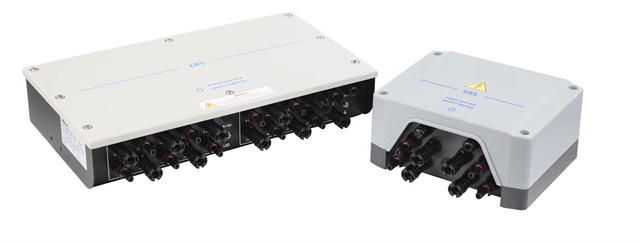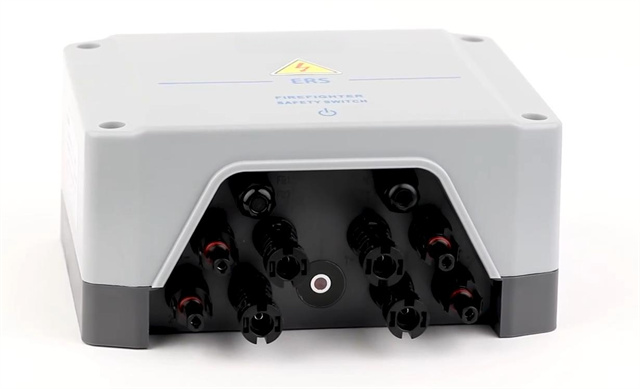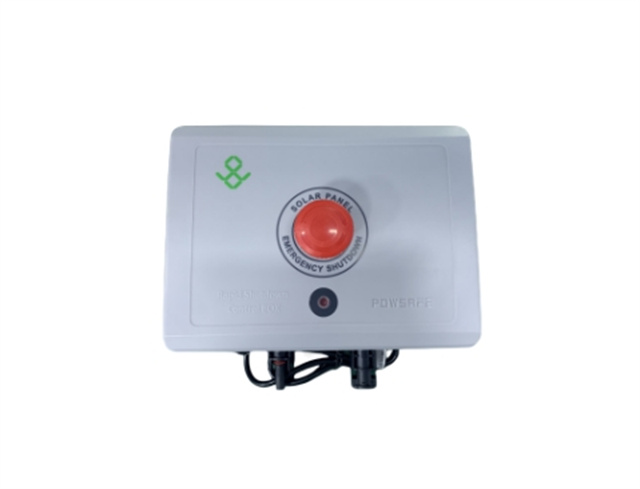Author:BLD Solar Energy SystemFROM:Solar System Converter Manufacturer TIME:2023-10-24
The installation of a Solar Rapid Shutdown Device is an essential step in ensuring the safety and reliability of any solar power system. This device is designed to quickly and effectively shut down the flow of electricity from the solar panels to the rest of the system, providing protection against electrical hazards during maintenance or emergency situations. In this article, we will outline the easy steps for installing a Solar Rapid Shutdown Device, ensuring that your solar power system operates safely and efficiently.

Before you begin the installation process, it is important to gather all the necessary equipment. This includes the Solar Rapid Shutdown Device itself, as well as any tools required for the installation, such as wire cutters, screwdrivers, and electrical tape. It is crucial to ensure that the device you are using is compatible with the specific solar panels and inverter system you have installed.

The next step is to identify the most suitable location for installing the Solar Rapid Shutdown Device. It should be placed as close to the solar panels as possible while still being easily accessible for maintenance purposes. Additionally, it should be positioned in an area where it is protected from extreme weather conditions and potential physical damage.

Prior to starting the installation process, it is crucial to turn off the power supply to the solar panels. This can usually be done by switching off the main circuit breaker in the electrical panel that controls the solar power system. Double-check that there is no electricity flowing to the system before proceeding with the installation.
Once the power supply is turned off, mount the Solar Rapid Shutdown Device in the chosen location. This involves securely attaching it to a sturdy surface, such as a wall or the solar panel mounting structure. Follow the manufacturer's instructions for proper installation and ensure that all mounting screws are tightened to prevent any potential movement or damage to the device.
After mounting the device, it is time to connect the wires. Start by identifying the input and output terminals on the Solar Rapid Shutdown Device. Connect the wires from the solar panels to the input terminals and the wires leading to the rest of the system to the output terminals. It is essential to follow the correct polarity and ensure that the connections are secure to prevent any loose wires or potential electrical issues.
Once all the connections are made, it is important to test the Solar Rapid Shutdown Device to ensure it is functioning correctly. Turn on the power supply to the solar panels and verify that the device shuts down the flow of electricity when activated. If there are any issues or malfunctions, consult the manufacturer's instructions or seek professional assistance.
After testing the device, perform a final check of the entire installation. Inspect all the connections, ensuring they are secure and free from any damage or loose wires. Double-check that the device is properly mounted and that there are no visible signs of wear or overheating. This final check will help ensure the long-term functionality and safety of the Solar Rapid Shutdown Device.
Once all the steps are completed and you are confident in the installation, it is time to re-establish the power supply to the solar panels. Turn on the main circuit breaker and verify that the solar power system is functioning as expected. Finally, document the installation process, including photographs and detailed notes. This documentation will be helpful for future reference, maintenance, or any warranty claims.
The installation of a Solar Rapid Shutdown Device is a vital aspect of maintaining a safe and efficient solar power system. By following these easy steps, you can ensure that the device is installed correctly, providing necessary protection against electrical hazards. Remember, safety should always be the top priority when working with electricity, so if you are unsure about any step in the process, it is best to consult a professional to assist you.
